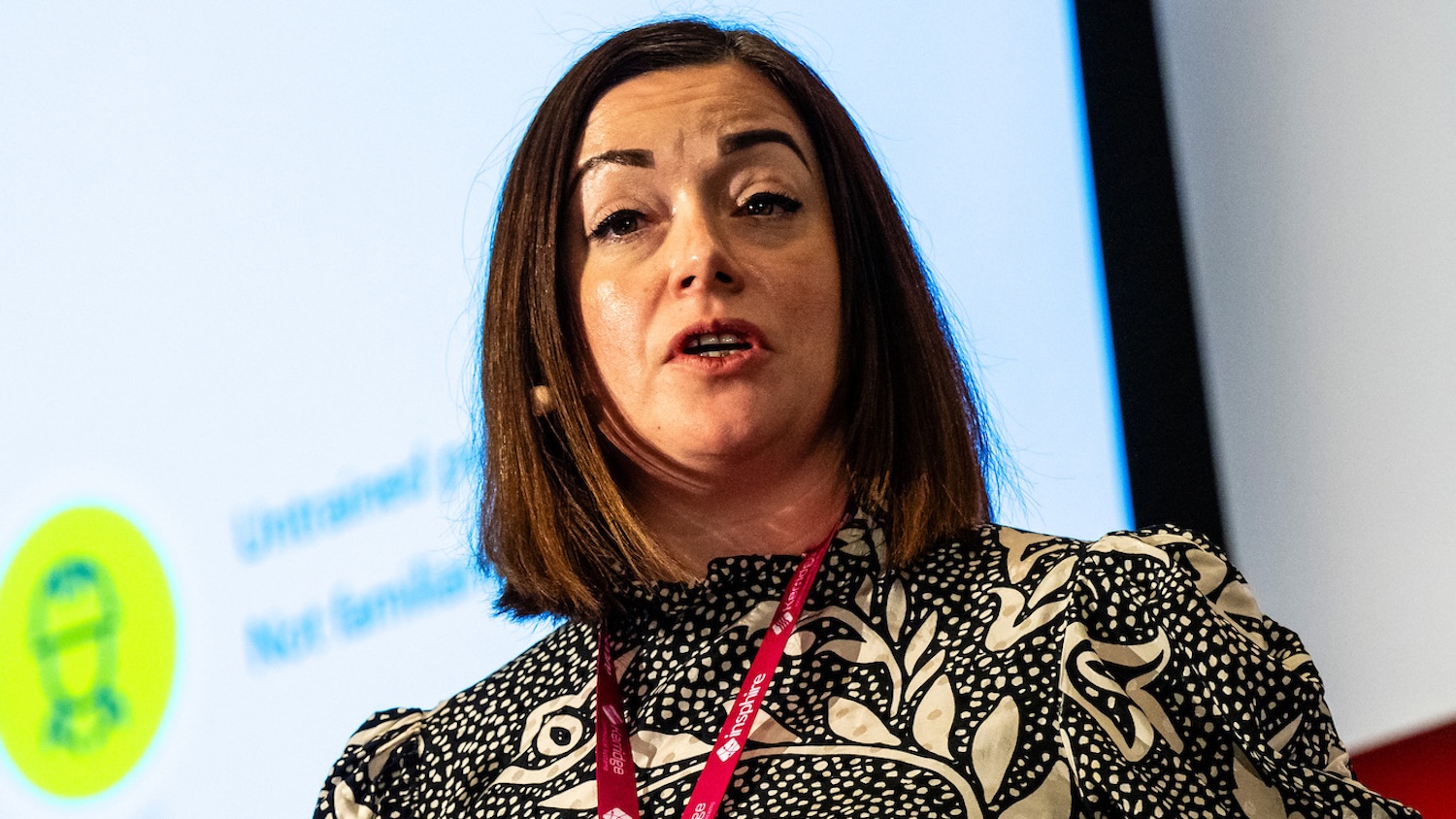
Alana Paterson, chair of the IPAF International Safety Committee and head of health, safety and environment at Taylor Woodrow, discusses the importance of empowering the workforce to call out safety risks in powered access.
Can you tell us about the latest Global Safety Report and some of the main trends that have emerged?
Overall, the number of fatalities was down in 2024 by more than 26%, which is a huge positive.
The other headline takeaway is that while the top six risk categories – electrocutions and electric shocks; overturns; entrapment; falls from the platform; injuries caused by falling objects; and mechanical or technical failures – might fluctuate slightly, they predominately stay the same.
We have been publishing the Global Safety Report for four years now, and those top six have not changed significantly in that time.
The high-risk categories, from a powered access perspective, generally remain static.
We are constantly banging the drum about the importance of reporting information. The Global Safety Report is only as good as the data we receive
We tend to see a slight switch in the number of incidents involving 3A, 3B and 1B machines, but there are no significant fluctuations.
For example, in this year’s report, 34% of incidents involved 1B machines, 26% were 3A and 26% were 3B. There are no big surprises there because those are the most commonly used machines across the globe.
We have seen a fluctuation in the type of incidents that cause the most serious outcomes. However, I think that trend could be driven by IPAF’s campaign activity and increased knowledge across the sector.
For example, our most recent Stop Overturns! campaign focused attention on reducing overturn incidents that cause serious injuries and fatalities.
Certainly, last year we saw a big influx of reported overturn incidents, but that has reduced this year.
Currently, we have more countries reporting than ever. But, interestingly, this hasn’t pushed the data in one direction or another.
There isn’t one area that we should be focusing on as an emerging trend – it’s important that the sector remains aware of all potential risks associated with powered access operations.
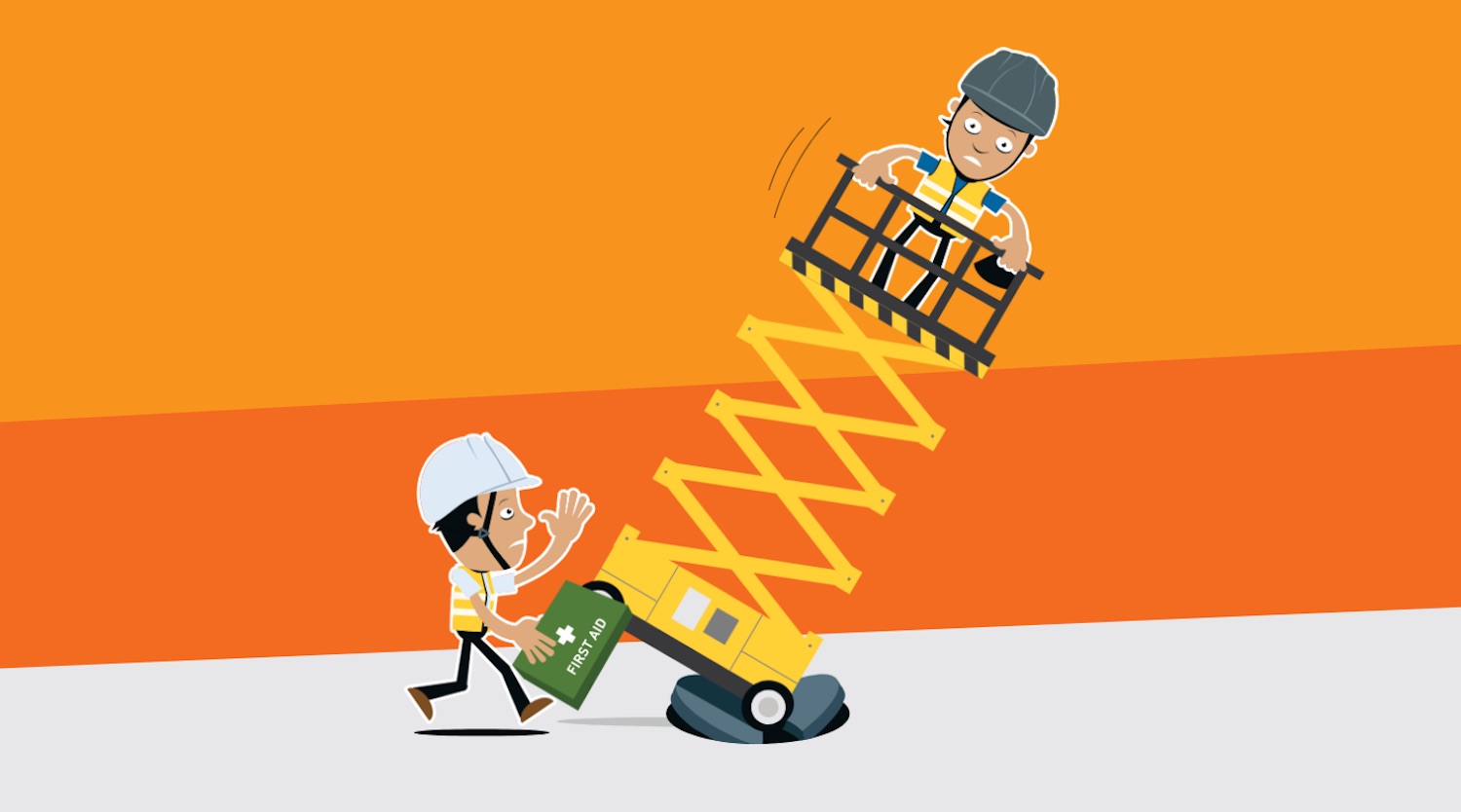
How important is engagement from the industry when it comes to reporting incidents?
We are constantly banging the drum about the importance of reporting information. The Global Safety Report is only as good as the data we receive.
We don’t just get information directly from rental companies. We also have engagement from contractors and various industry stakeholders because they are also passionate about what we do.
We don’t mind if we receive information about the same incident twice, because we have the ability to filter out double reporting.
IPAF has a fantastic team, including data, technical and health and safety experts, who help to identify key markers that tell us if the same incident has been reported more than once.
One area that continues to be a challenge is the lack of real-time data. Each year, after the cut-off date for data, we see a lot of late reporting.
I would like to see more people share that information as soon as possible after an incident so that we can ensure the Global Safety Report is as accurate as possible each year.
It is now so easy for people to share that information. We don’t need lots of in-depth data, and everything can be done completely anonymously.
It is in everyone’s best interest to give us that information to help make the industry safer.
This isn’t about reprimanding the industry about safety incidents. Powered access remains one of the safest forms of working at height when the right processes and procedures are in place and understood and respected by everyone involved.
From your experience in the construction industry, where are safety improvements needed most?
Managers and supervisors are often expected to know what to do when they are overseeing a site operation, but they are not necessarily trained from a powered access perspective.
The only way to ensure that managers and supervisors understand what’s right and wrong, or how to select the correct machine for a specific project, is to provide them with formal training.
If I visited 10 large construction sites across the UK with 10 different tier ones, I’m sure there would be inconsistencies in the level of training that managers and supervisors have had before they put people to work on mobile elevating work platforms (MEWPs) or mast climbing work platforms (MCWPs).
IPAF is committed to improving this. We recently launched a training course for managers involved with MCWP and construction hoist projects, and we will continue raising awareness in this area.
Powered access remains one of the safest forms of working at height when the right processes and procedures are in place
When incidents are investigated, it’s easy not to look beyond the person operating the machine.
However, most of the time, there is a wider management or organisational issue at play.
Along with my IPAF colleagues, I am passionate about addressing this issue. We need a concerted push to engage with end users and their managers and supervisors.
We need to ensure that they can select the right equipment for the environment they are working in, but are also capable of identifying when it is being used incorrectly. And the best way to do this is by ensuring people have the right training around managing and selecting powered access equipment.
What are the practical steps you would like to see managers and supervisors taking to proactively support safer working practices?
Making sure you have the right kit for the task is the first thing. Over the years, I have seen several examples where a machine was being used outside a building, but it wasn’t wind rated, so [wasn’t] appropriate for external use.
There have also been sites where I’ve seen a machine that is too large and not suitable for the ground conditions, or the weight loading of a machine is not suitable for the floor it’s being used on.
If the training isn’t there and managers or supervisors don’t know what to do, it’s crucial that they contact someone qualified to advise them to ensure they have the right machine for the task.
Another important issue is work segregation. One of the issues we’ve seen a lot recently is MEWPs being used on public highways. If there is a road accident and the machine is hit by a vehicle, there is the potential for someone to be thrown from the basket.
They could end up dangling by their harness, or worse, if they’re not wearing a harness, they could fall out of the machine.
Ensuring the work area is set up appropriately with the right protection is important to prevent another item of plant or a vehicle coming into contact with that machine.
The other issue is the sequencing of work. You should not have someone working above or below someone else who is working in a MEWP, hoist or mast climber.
It is so important to make sure that an exclusion zone is there and that the correct sequencing and coordination is in place.
Every organisation does things differently, so it’s understandable that there will be different approaches to managing these safety risks.
While a lot of this should be mandated by the leadership team within an organisation, there also has to be a collaborative approach where everyone takes responsibility for safety.
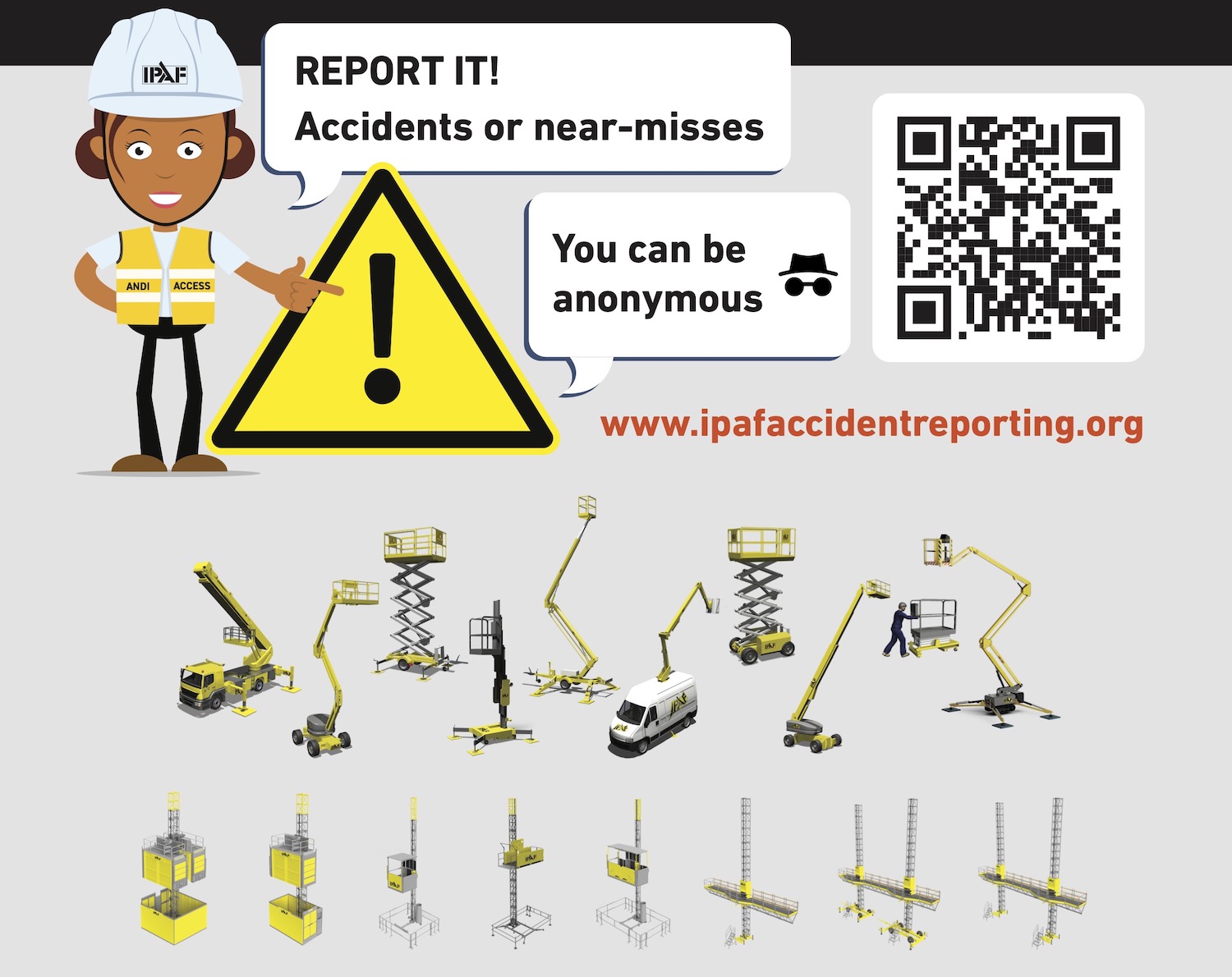
With that in mind, how can construction leaders help to encourage a culture where everyone feels empowered to speak up if they see a safety issue and report incidents if they occur?
I don’t think any organisation gets this right all the time. Unfortunately, as an industry, we haven’t completely cracked this issue.
Not everyone will speak up. There will always be an operative out there who doesn’t feel entirely comfortable coming forward. They will be given an instruction by their supervisor and they’ll just do it without question.
It’s important to give everyone a psychologically safe space where they know they’re not going to be criticised for asking a question or saying ‘I don’t think this is safe’.
Earlier in my career, when I used to do inductions on site, I would inform [new arrivals] that I would rather spend an hour looking at an issue on site with them than spend days investigating an incident.
I would always tell them: ‘If there’s a problem, come and talk to me about it’.
Typically, most organisations don’t struggle with their own people. It’s usually across the supply chain, because workers can experience varying degrees of support when they raise an issue depending on their employer or whose site they work on.
I think we have a collective responsibility to help shift that culture. However, it’s fair to say, we are streets ahead on safety compared with when I first joined the industry.
We’ve come such a long way, but there’s still more work to be done.
Please report any accidents or incidents – including near misses – in IPAF’s confidential Accident Reporting Portal. You can even report anonymously!
Comments
Comments are closed.


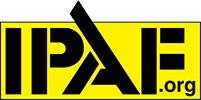
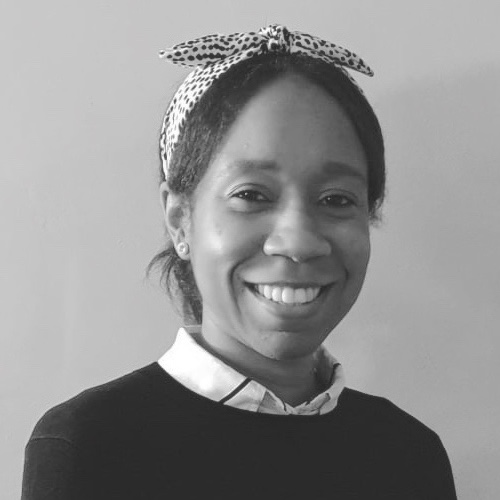
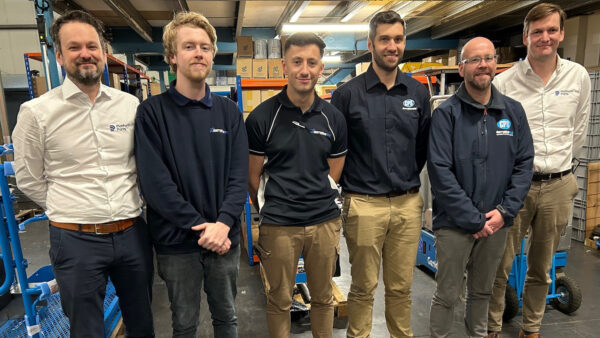
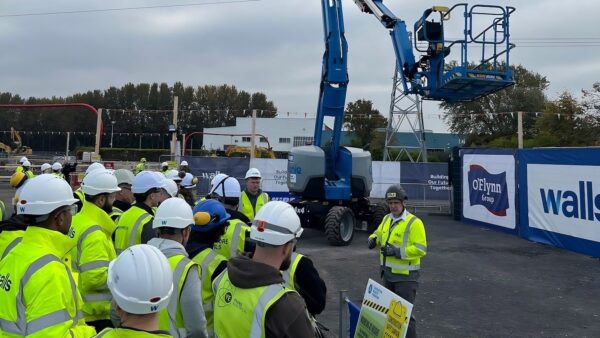
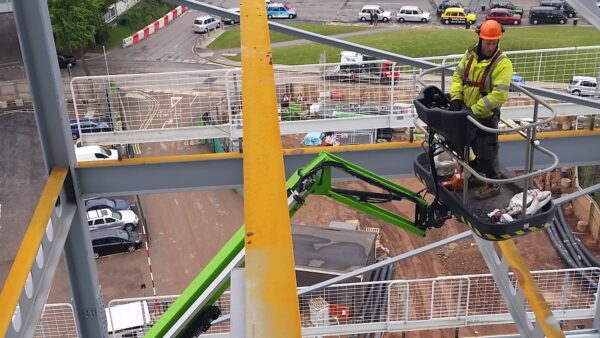
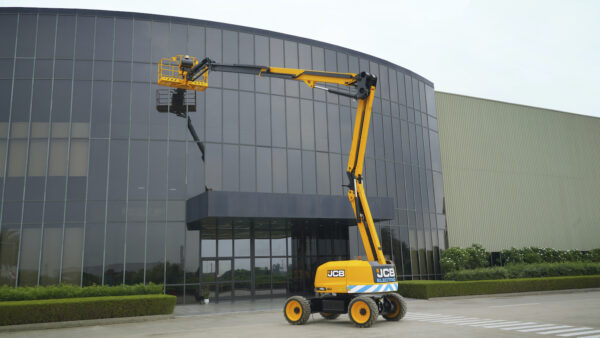

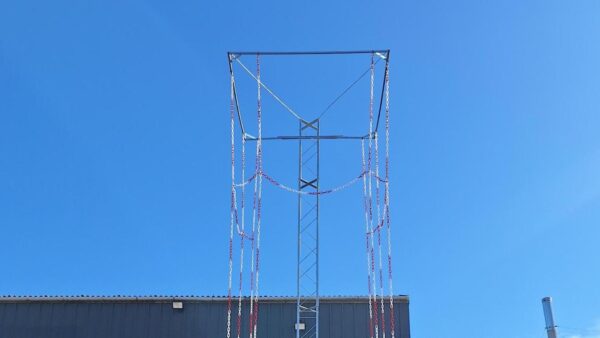
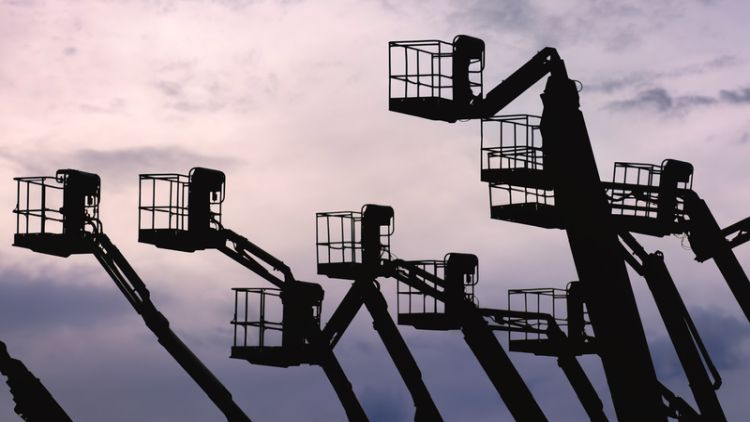
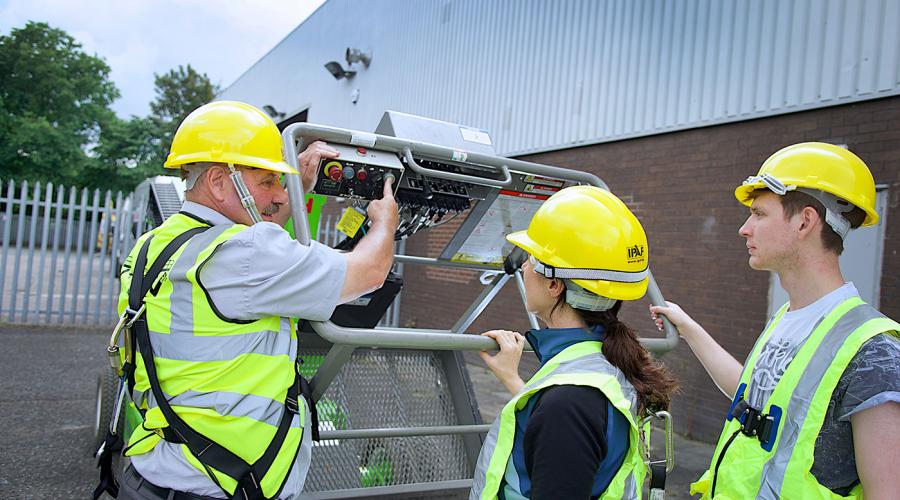
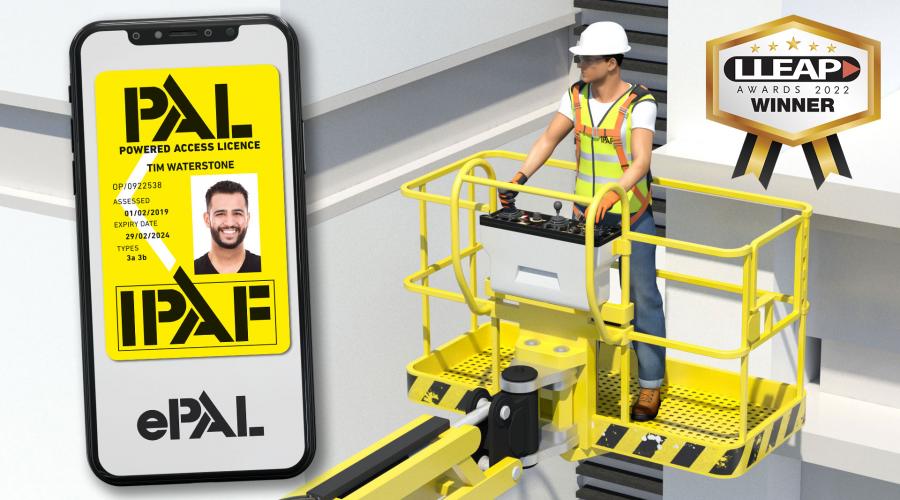
Always have thought there would be a very interesting study versus the US construction industry where the General Contractors are firmly given sole responsibility for safety and their track records on safety incidences and breaches positively or negatively affect their insurance premiums by some considerable margin!
Any takers?